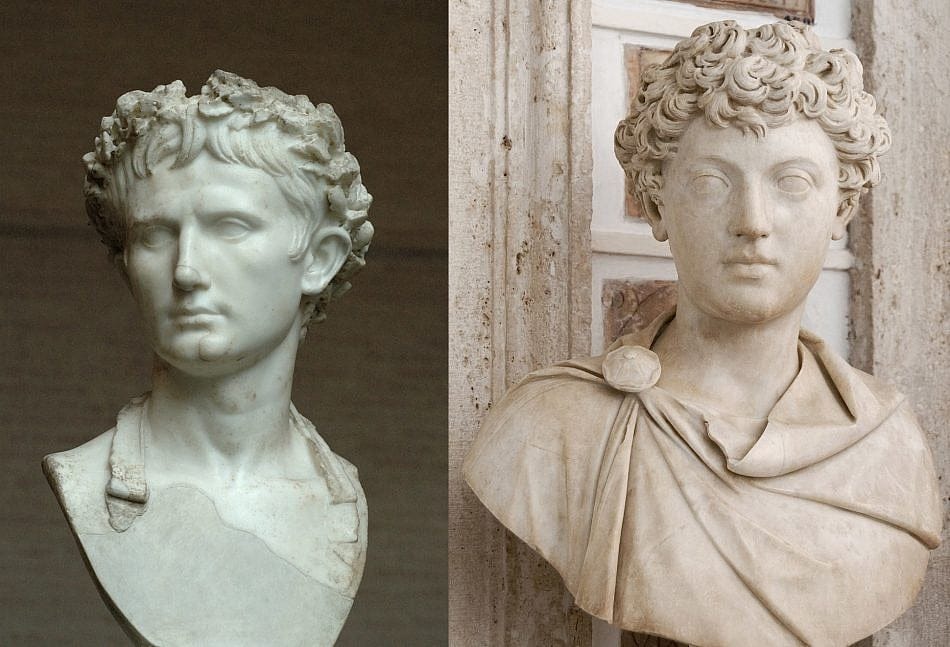Left-Wing Brown Students Want Roman Emperor Statues Removed Because of ‘White Supremacy’

A group of students at Brown University want two statues of Roman emperors removed from the campus on the grounds they represent white supremacy.
The statues depict Caesar Augustus (63 B.C. to A.D. 14), the emperor at the time of the birth of Jesus whose reign began the Pax Romana, or Roman Peace, in the ancient world; and Marcus Aurelius (121-180), an emperor, poet, and Stoic philosopher depicted in the 2000 movie Gladiator.

